A wreck off the Sicilian coast offers a rare look into the world of Byzantine commerce

Covering an area a bit smaller than a football field and lying under 25 feet of water nearly a mile offshore of the fishing village of Marzamemi, the site was first studied in the 1960s by Gerhard Kapitän, a pioneering German underwater archaeologist. He believed the Marzamemi shipwreck played an important role in a massive state-led building campaign ordered by Justinian I, the great Byzantine emperor known as the “Last Roman,” whose name is synonymous with a resurgence in the fortunes of the Roman Empire in the Late Antique period. Based on several design details on the decorations, Kapitän concluded that not only had the ship sunk during Justinian’s reign, but that it had probably taken on its cargo—the decorative elements of a church’s nave—near Constantinople before heading west. He wrote that the marble blocks pointed to “the existence of a large organization clearly directed by a central administration” that dispatched the decorations for a new state-built church. Kapitän felt the Marzamemi marbles constituted “an almost complete set of elements for a Byzantine basilica with the certainty that all the parts are original and of the same period.”
この記事は Archaeology の September/October 2018 版に掲載されています。
7 日間の Magzter GOLD 無料トライアルを開始して、何千もの厳選されたプレミアム ストーリー、9,000 以上の雑誌や新聞にアクセスしてください。
すでに購読者です ? サインイン
この記事は Archaeology の September/October 2018 版に掲載されています。
7 日間の Magzter GOLD 無料トライアルを開始して、何千もの厳選されたプレミアム ストーリー、9,000 以上の雑誌や新聞にアクセスしてください。
すでに購読者です? サインイン

ORIGINS OF PERUVIAN RELIGION
While investigating looters' holes at the site of La Otra Banda in northern Peru's Zaña Valley, archaeologist Luis A. Muro Ynoñán of the Field Museum and the Pontifical Catholic University of Peru spotted carved blocks around seven feet below the surface.
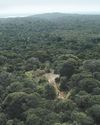
ISLAND OF FREEDOM
Many of the enslaved Africans sent to Brazil beginning in 1549 were from what is now Angola, where one of the most widely spoken languages was Kimbundu.
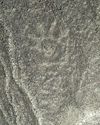
NAZCA GHOST GLYPHS
From the 1940s to the early 2000s, geoglyphs were discovered in the Nazca Desert of southern Peru depicting animals, humans, and other figures at the rate of 1.5 per year.

COLONIAL COMPANIONS
The ancestry of dogs in seventeenth-century Jamestown offers a window into social dynamics between Indigenous people and early colonists.
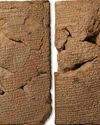
BAD MOON RISING
The British Museum houses around 130,000 clay tablets from ancient Mesopotamia written in cuneiform script between 3200 B.C. and the first century A.D.
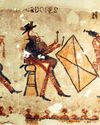
DANCING DAYS OF THE MAYA
In the mountains of Guatemala, murals depict elaborate performances combining Catholic and Indigenous traditions
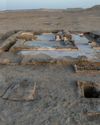
LOST GREEK TRAGEDIES REVIVED
How a scholar discovered passages from a great Athenian playwright on a discarded papyrus

Medieval England's Coveted Cargo
Archaeologists dive on a ship laden with marble bound for the kingdom's grandest cathedrals
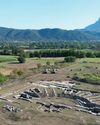
Unearthing a Forgotten Roman Town
A stretch of Italian farmland concealed one of the small cities that powered the empire
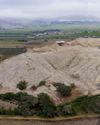
TOP 10 DISCOVERIES OF 2024
ARCHAEOLOGY magazine reveals the year's most exciting finds